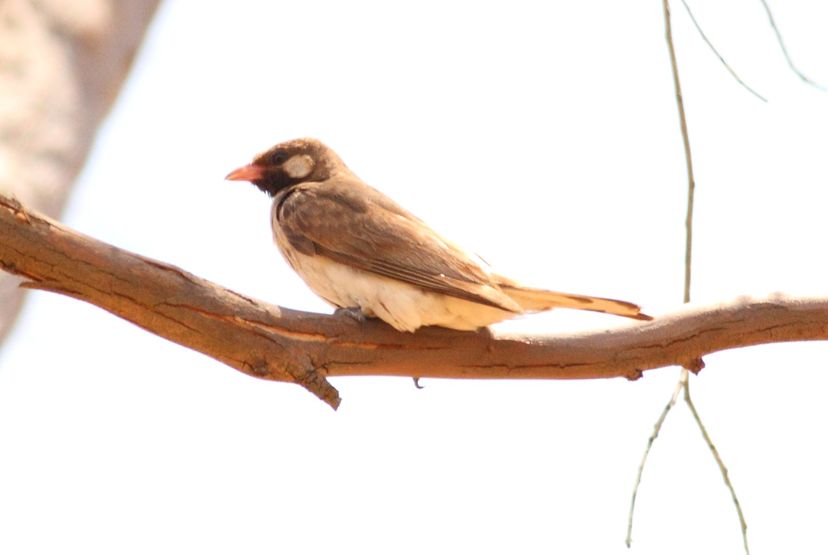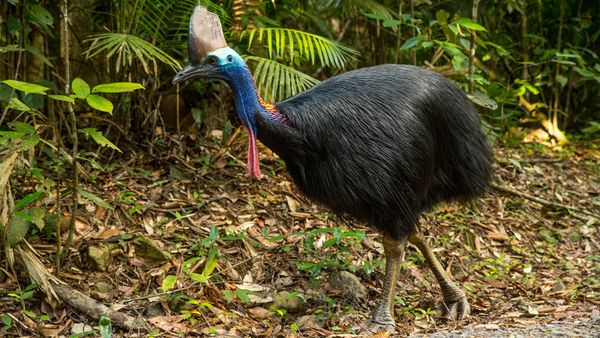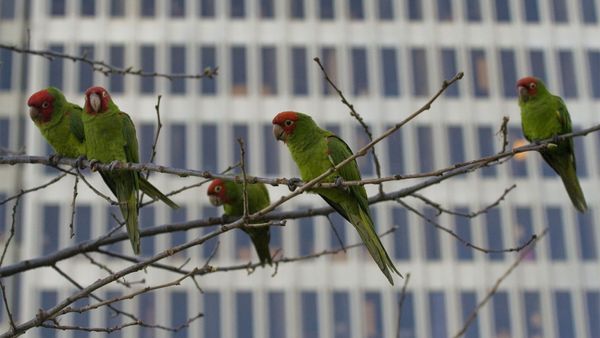
Some birds, like some people, can be real jerks. Take the greater honeyguide (Indicator indicator), an unassuming gray and brown bird of the southern African savannah. The reproductive strategy of the female is to lay an egg in the nest of another bird species (usually kingfishers, bee-eaters, barbets and starlings), poking holes in all the nest owner's eggs as she lays her own. As soon as the interloper's egg hatches, the honeyguide baby immediately murders the other nestlings with its barbed beak. In this way, honeyguides end up hogging all the food the adopted bird parents bring to the nest.
A real jerk move, you'll agree.
Advertisement
But just like anybody else, the honeyguide, in one of the only mutualistic foraging relationships between humans and a wild, free-ranging animal, has some redeeming qualities, including one that especially benefits people.
Honeyguides eat wax — they're one of a handful of birds that can digest it. The first written account we have of this strange feeding behavior is from 1588 when a Portuguese missionary in Mozambique discovered a honeyguide nibbling on his candlesticks. But wax — along with the other contents of a bee hive like bees, honey, bee larvae and pupae, all of which honeyguides like to eat — is a bit hard to come by in nature, so bee colonies are pretty much your only option when wax is a staple in your diet. But bee hives are also notoriously difficult to access — they are often built in hard-to-reach cavities of trees and the bees themselves sting and swarm. So the honeyguide needs a little help: a big smart, fearless partner.
Humans have been helping honeyguides crack into bee colonies since time immemorial. Native people, like members of the Yao community in Mozambique, have smoke to calm the bees and axes to chop open logs. All the honeyguide needs to do is lead the humans to the nest. And this communication between human and honeyguide is more easily accomplished than you'd think.
Many birds fear humans, but the honeyguides actively seek out humans in order to lure them across the savannah to a bee colony they know will yield enough honey, comb and bees for both partners. People in the Yao community talk to the honeyguides with a specific call to let them know when they're ready to hunt and trust the birds to lead them to a nest, sometimes ranging a mile (2 kilometers) or so through the forest.
According to a 2016 study in the journal Science from the University of Cambridge, honeyguides are instrumental in helping human bee hunters find a colony around 75 percent of the time. In exchange, the honeyguides get to pick pupae and larvae out of the honeycomb, nibble on some wax, and hopefully the human partner will leave them a waxy gift to munch on when they leave. It would be rude not to.
Advertisement


